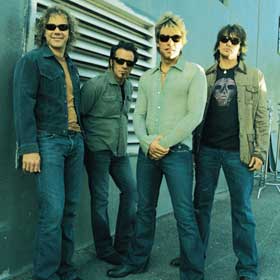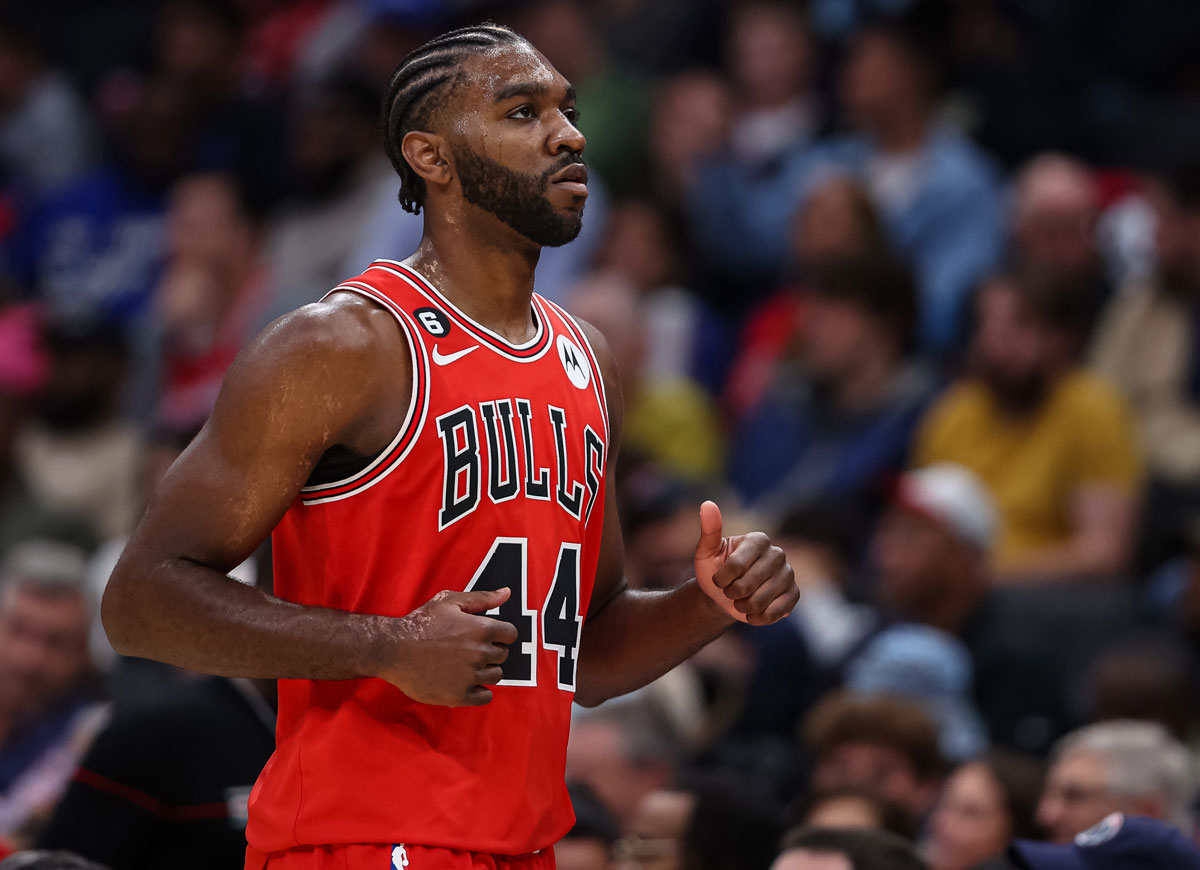Greatest Hits by Bon Jovi

4.5/5
For one inclined to play air guitar, alone in a bedroom, circa 1986, was there anything better than Bon Jovi? The band had planted itself firmly in the middle of every possible pop rock dynamic and thus became very important to a lot of people. They filled a need for stadium rock for a specific generation of young music fans who were too young to appreciate Bruce Springsteen’s Born to Run era and who later would be too old to care about The Killers. They had just enough of everything to appeal to fans of heavy metal, country, new wave, and whatever you call Bryan Adams. If you’re keeping score that’s “You Give Love a Bad Name,” “Wanted Dead or Alive,” “Runaway,” and “I’ll Be There for You.” They were blue-collar guys from Jersey who sang about dock workers, yet they traveled the world in private planes and limousines (at least, that’s what they wanted us to think based on the "Dead or Alive" video). They wore their hair teased, and then they wore cowboy hats. As a sort of Everyman, Bon Jovi became the quintessential American band.
The original lineup consisted of Tico Torres on drums, David Bryan on synthesizers, Alec John Such on bass, and the main attractions, Richie Sambora on guitars and frontman Jon Bon Jovi. They have been together since 1983, and only The Rolling Stones and U2 have continued to tour and produce music in a commercially viable and culturally relevant fashion for a longer period of time. And Bon Jovi has lost fewer members in the process than the Stones (one: John Such was dismissed in 1994 for sub-par performance).
The release of a greatest hits collection on November 9 gives fans an opportunity to reflect on how consistently solid Bon Jovi’s music has been. The record is not their first greatest hits collection; 1994’s Crossroads contains much of the same classic material, which wasn’t quite as classic in 1994. The benefit of the new release, which is offered in several versions including a two-disc Ultimate Collection and a special vinyl edition, is that listeners can compare the classic material with some newer songs, like 2000’s “It’s My Life” and 2005’s “Have a Nice Day.” The release also features four new tracks.
What listeners may find is that Bon Jovi has aged gracefully. The classic material derives a lot of its allure from nostalgia (who can forget Jon Bon Jovi on a wire, flying above the crowd in the “Livin’ on a Prayer” video?). But unlike, say, Def Leppard or Posion, whose songs don’t go down well without a side dish of youthful memories, Bon Jovi’s old tunes rock pretty hard on their own merits. Some aspects of the old songs sound dated (I’m looking at you David Bryan), but they have not been lost to time.
Likewise, Bon Jovi’s core fan base may not rock as hard as they used to—slacks and loafers may have replaced ripped jeans and leather jackets—but even the oldest of fans are still at an age where they might enjoy a guitar solo or two, which Richie Sambora can still churn out. Even as late as 2000 he was making good use of his guitar-talk box, which had become a signature sound with “Livin’ on a Prayer.”
The newer songs are a little less rebellious than in the past, but they still have that optimistic energy that marked the early anthems. Bon Jovi are not recording transcendent music, but at any point in their career they have been at least as good as anything else on the radio at the same time. The production of their music has always been remarkably in line with the current trends.
And that is precisely why, almost 30 years in, Bon Jovi are still at the top of their game while other bands from their era are not. Bon Jovi are not a novelty act, they are not reinventing the wheel, and they are not failing fantastically to produce albums better than Slippery When Wet. They continue to be the Everyman, and Greatest Hits is a prime example of how they accomplished it.
Get the most-revealing celebrity conversations with the uInterview podcast!







Leave a comment